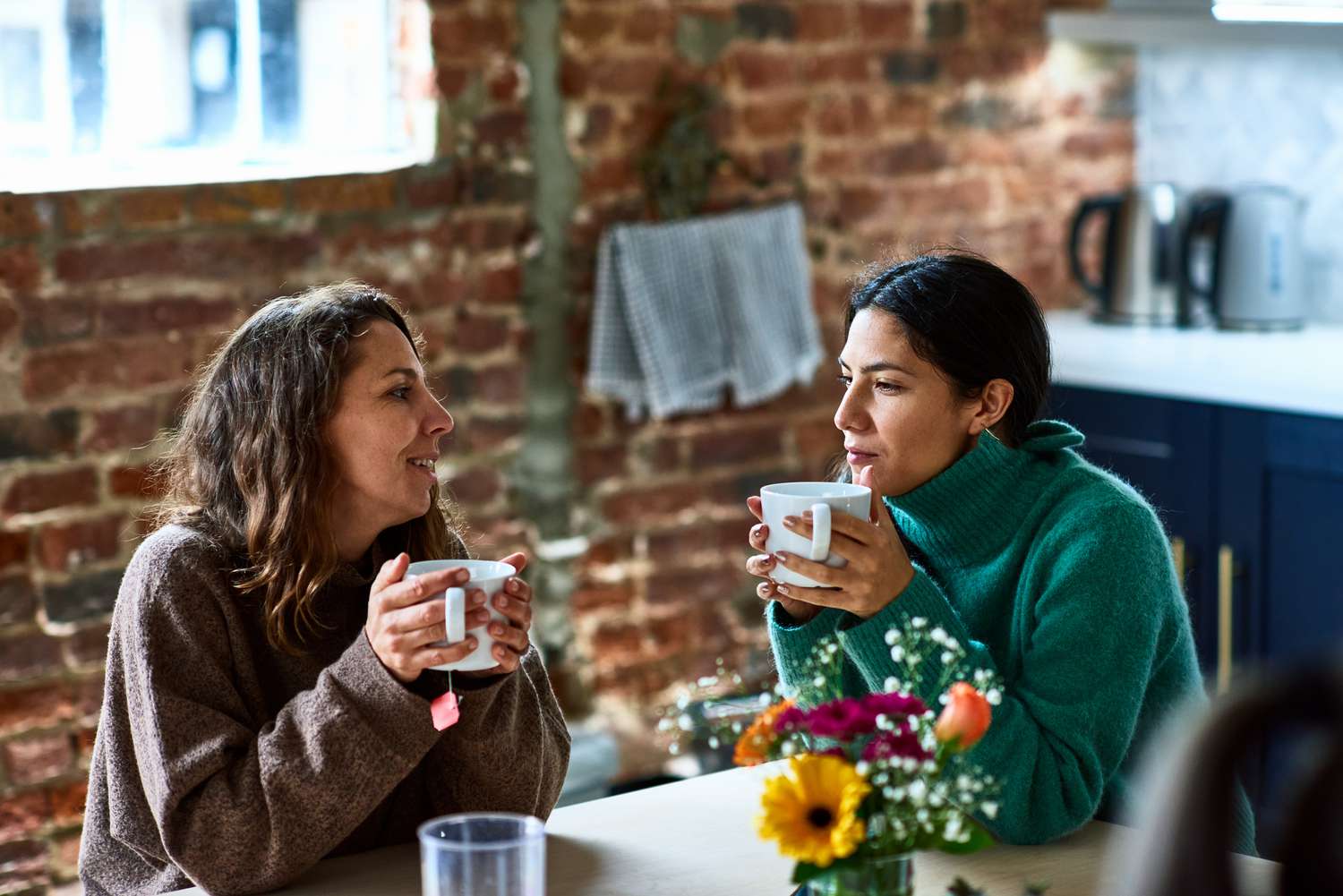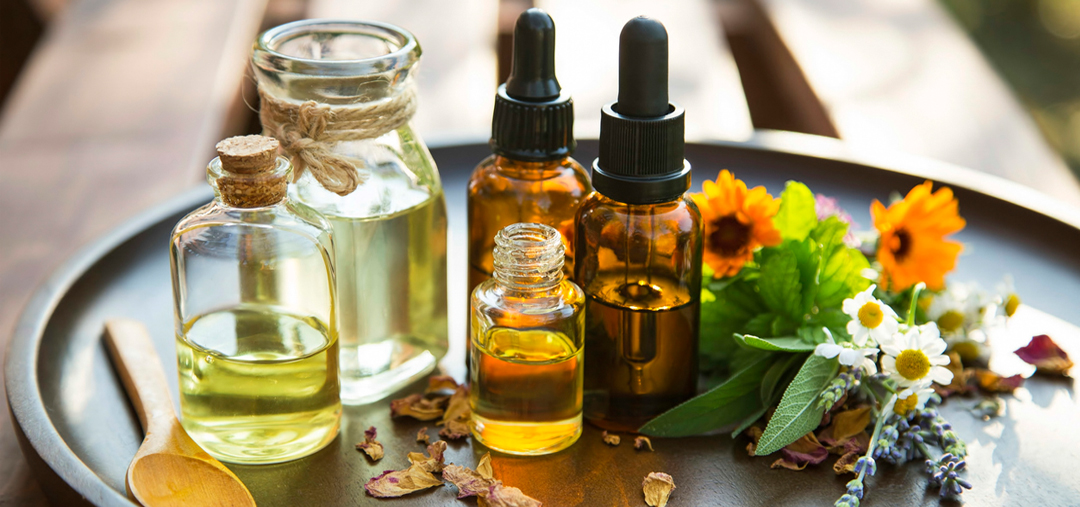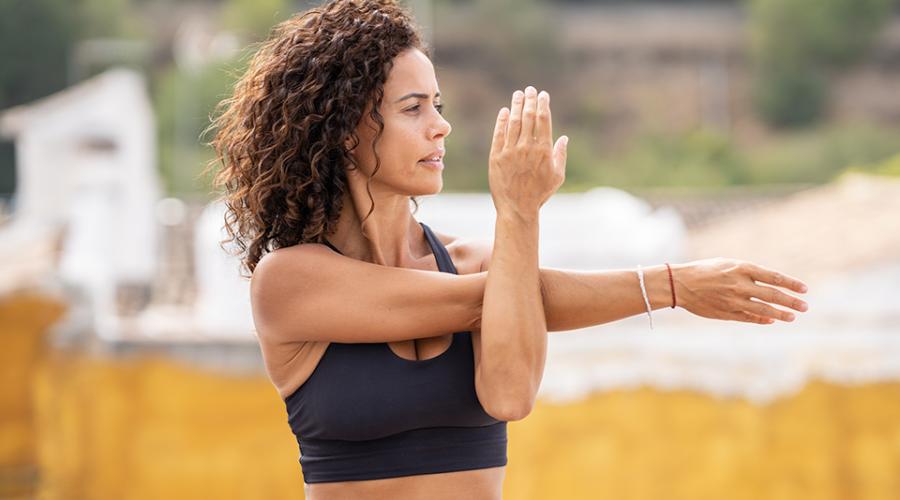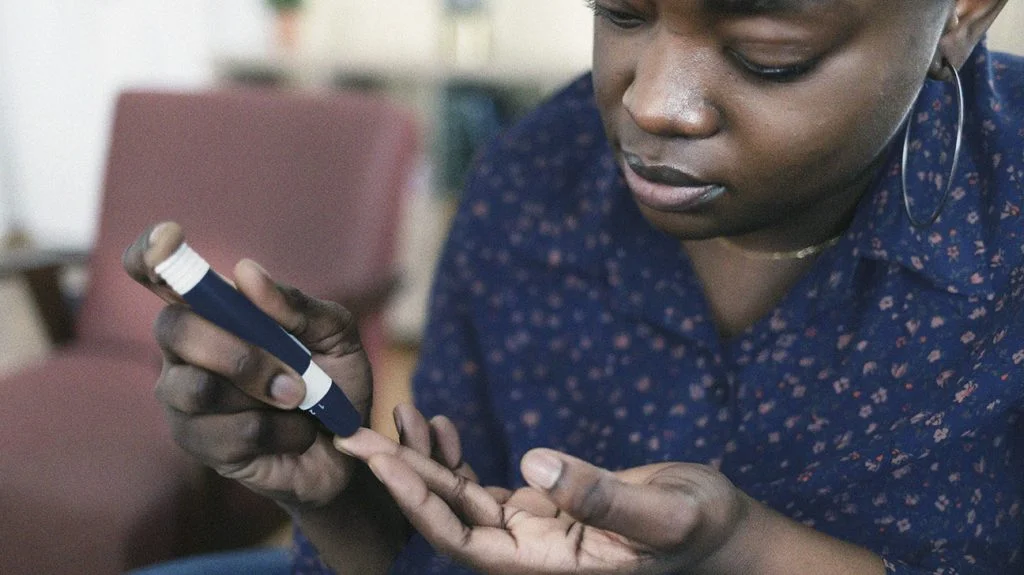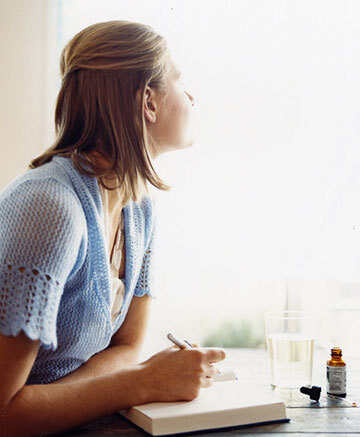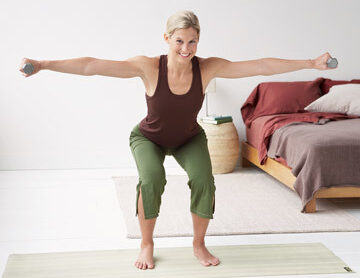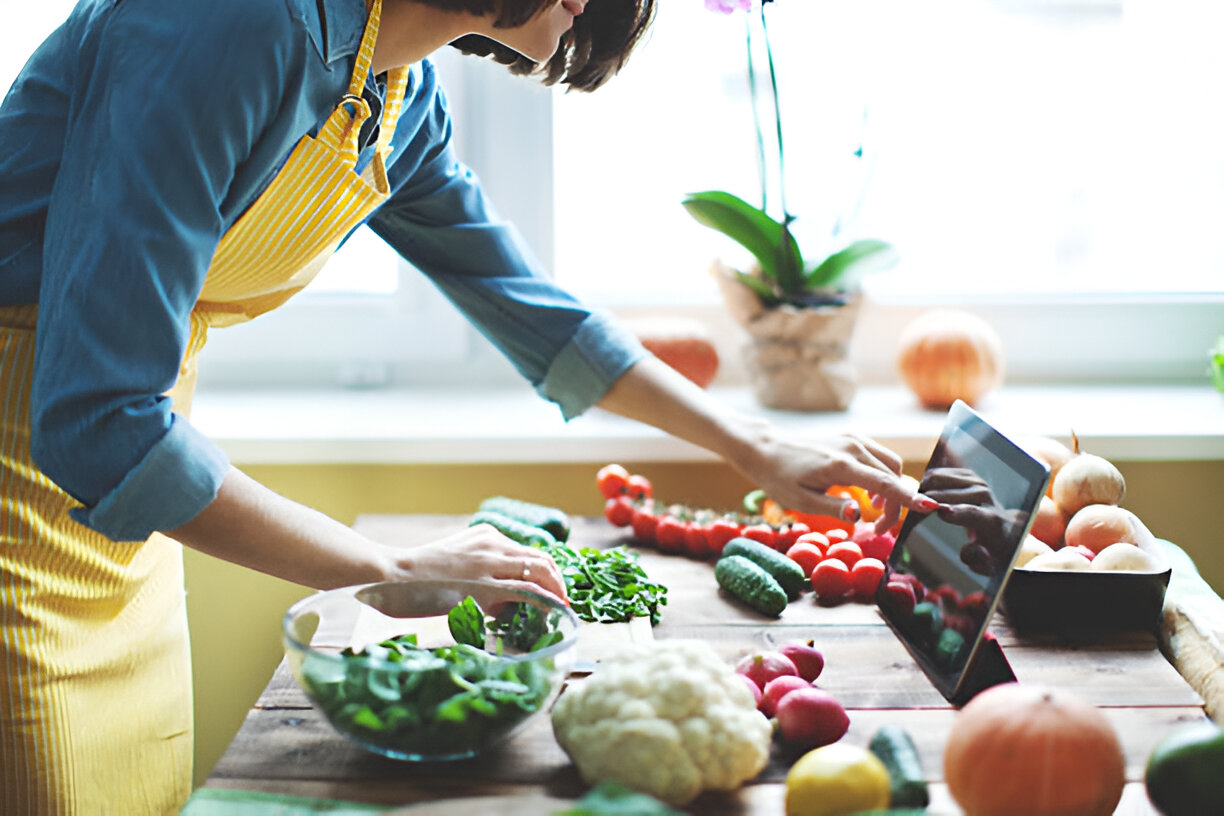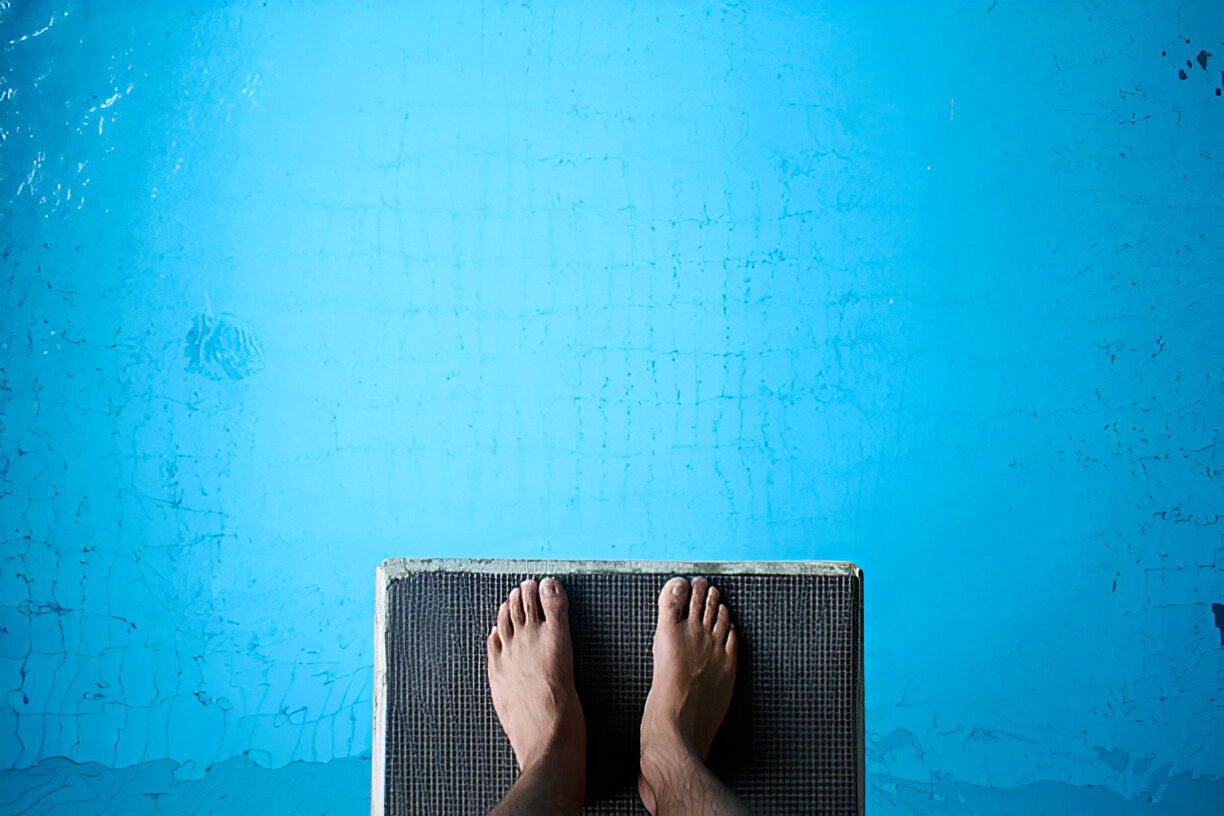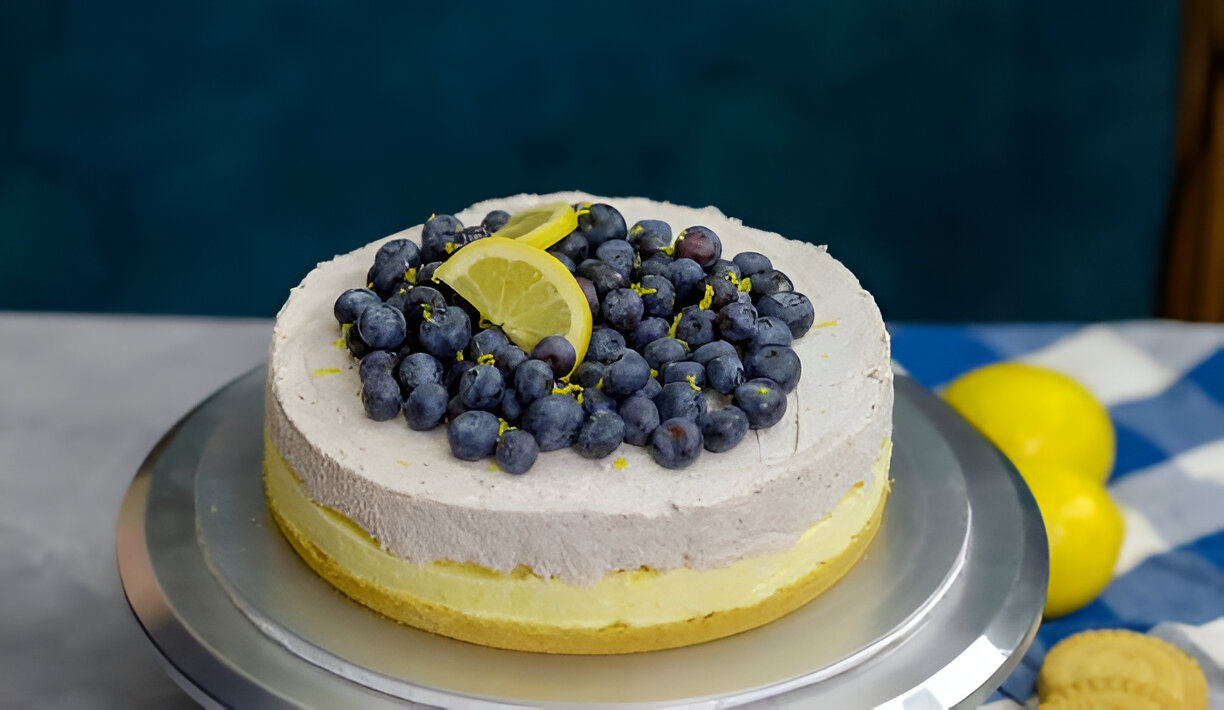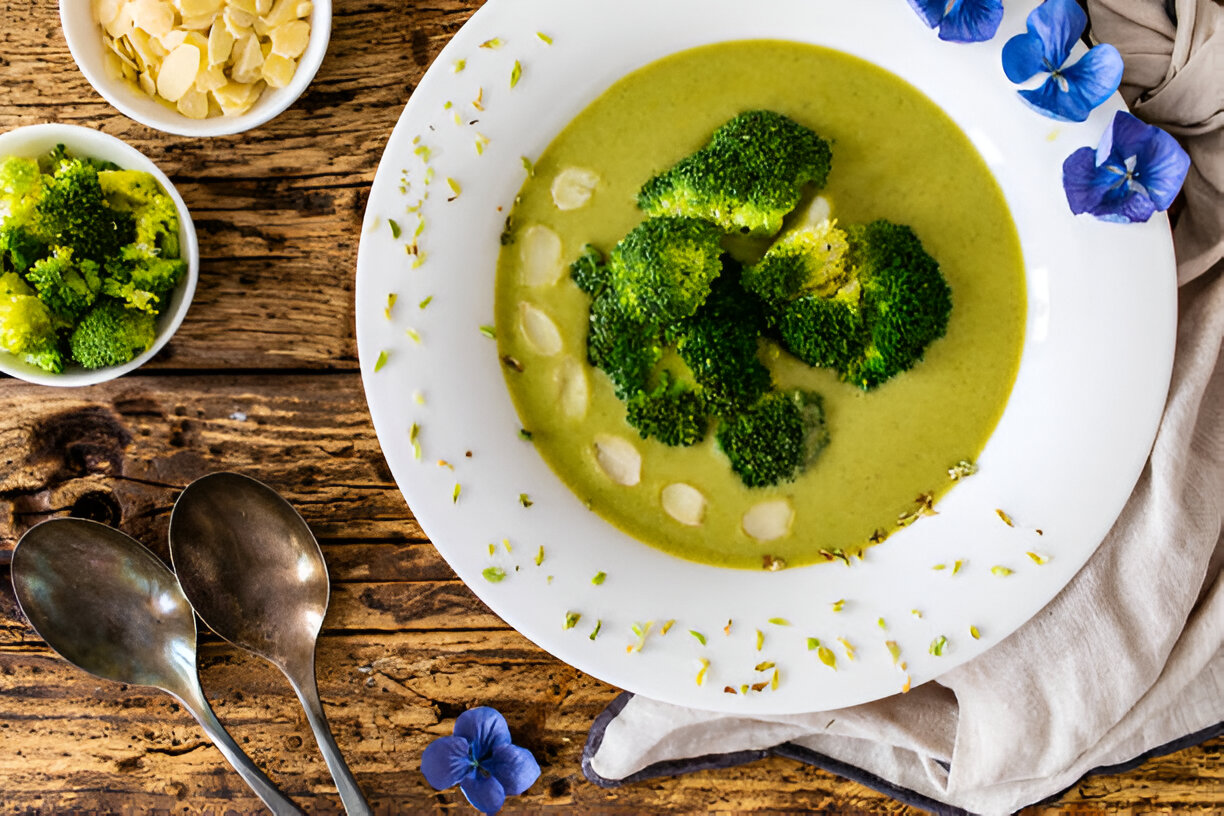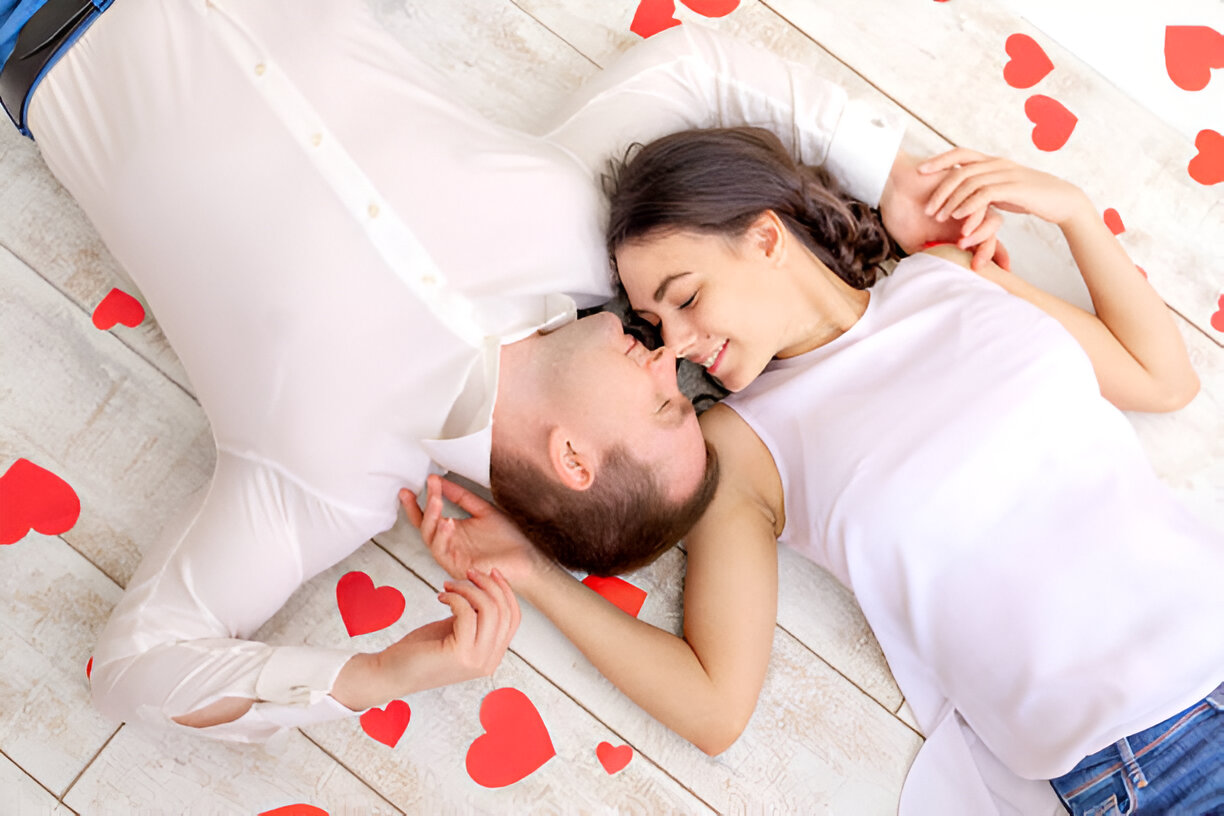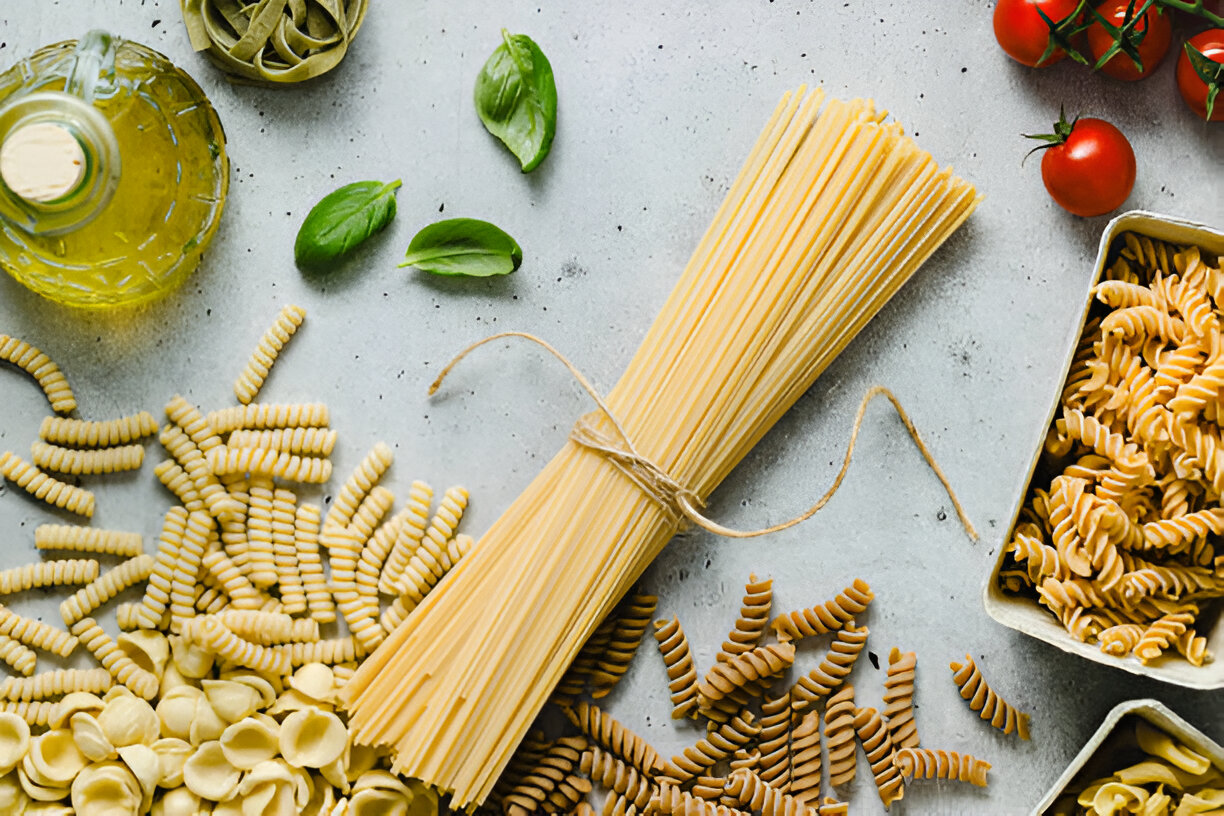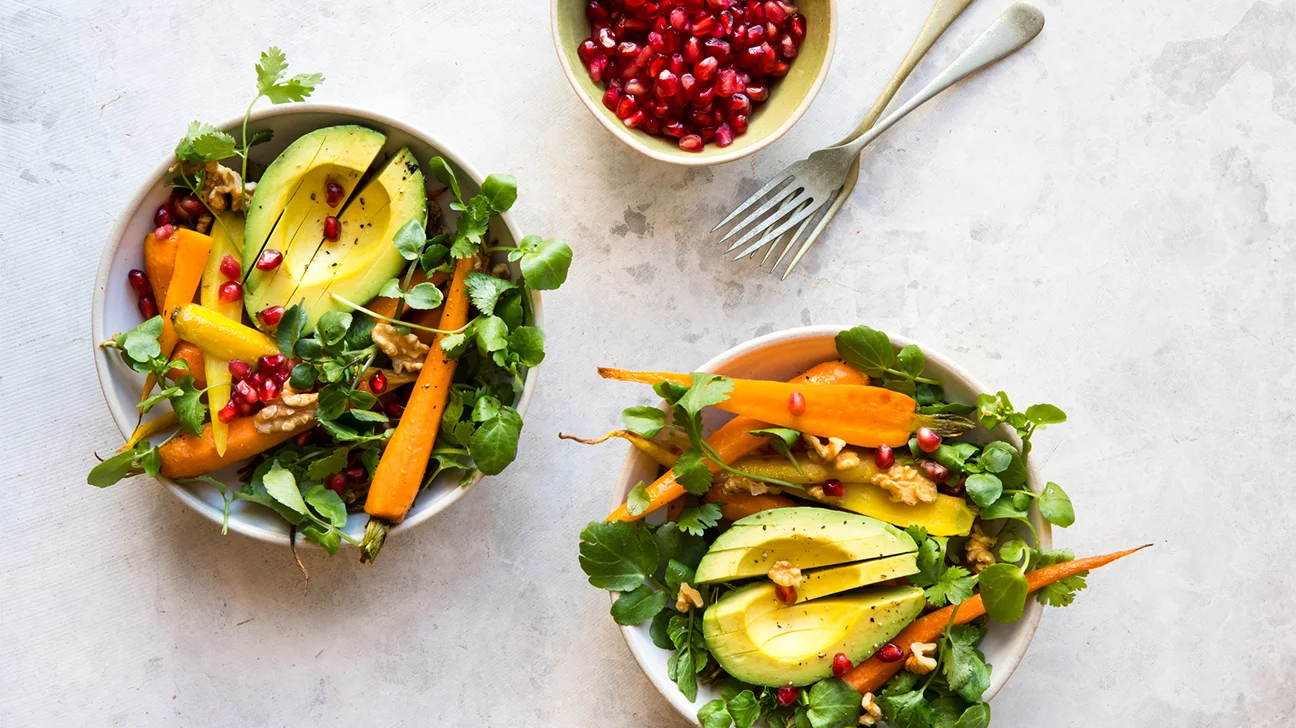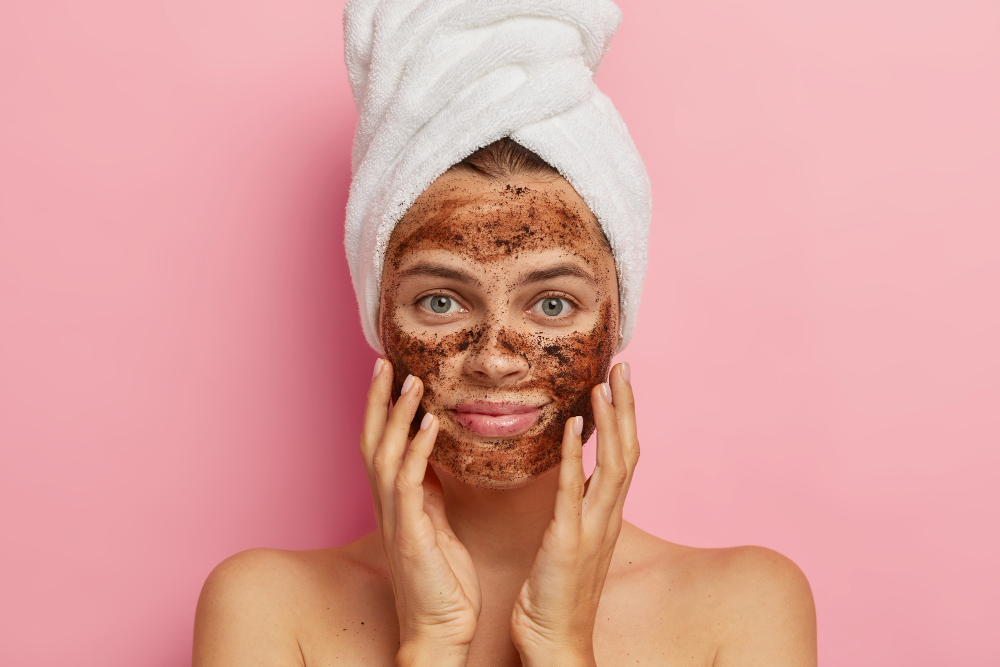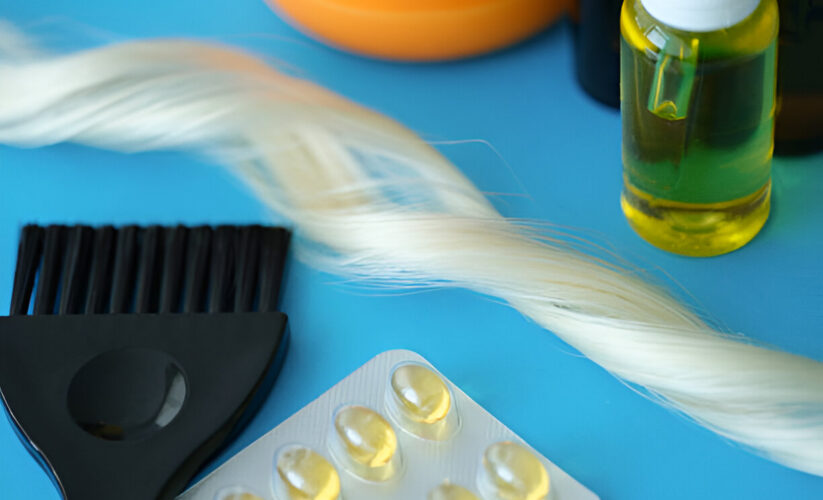
Coaxed from leaves, roots, tree bark, fruit peels, or flower petals, essential oils carry a plant’s very life force. Combined in different ways, these highly concentrated oils contain potent natural compounds that can be used as medicine, for beauty and pampering, for perfumes and aromatherapy, and for household purposes such as cleaning, polishing, and disinfecting.
Like plants, the varieties and uses are nearly limitless. But the alchemy of essential oils needn’t be an esoteric mystery.
Although there are hundreds of oils, all you need to create the following natural, indulgent spa treatments and healthy home essentials are calming lavender, uplifting lemon, revitalizing eucalyptus, and invigorating peppermint.
More On Essential Oils
DIY Facial Massage
More Natural Scents for Your Home
Nontoxic Insecticides
Create Your Own Mood Mists
Essential-Oil Bug Spray
Which Scents Work for You?
Alternatives to Artificial Fragrances
Spa Essentials
Lavender-Vanilla Bath Oil
A soothing bath oil, perfect for unwinding before bed.
Infusion Time:
4 to 6 weeks
2 fresh, plump vanilla bean pods
5 ounces organic macadamia or kukui nut oil
9 drops lavender essential oil
To prepare a vanilla infusion, lightly wash vanilla bean pods and pat dry. Allow them to dry overnight, then roll them with your fingers into a bean shape. Gently split them open with a sharp knife and mash them lightly with a spoon.
Pour macadamia or kukui nut oil into a small, airtight glass jar or bottle; place the mashed vanilla bean pods inside. Allow the vanilla essence to infuse the oil for 4 to 6 weeks, shaking it gently every few days.
After infusing, strain the oil into a container with a lid. Kept refrigerated, it will last up to six months.
To prepare a bath, add 1 to 2 tablespoons of the vanilla infusion and 9 drops of lavender essential oil to a tub of warm water. Agitate the water before entering the tub.
Eucalyptus Herbal Vapor
A fragrant, centering treatment that stimulates many senses. It also helps clarify the skin and relieves respiratory congestion.
1 handful of loose green-tea leaves
1/2 teaspoon nutmeg, grated
1/2 teaspoon coriander seeds, crushed
1 handful each of dried organic rosebuds and
Dried organic chamomile flowers
4 drops eucalyptus essential oil
1 handful of kaffir lime leaves, fresh (optional)
Place tea leaves, nutmeg, and coriander seeds in a large French press, coffee pot, or teapot. Cover with boiling water and let steep for 10 minutes. Meanwhile, heat water to steaming but not boiling, enough to fill a large bowl halfway.
After steeping, press or strain the tea and herbs, then pour the tea into the steaming water. Add rosebuds and chamomile flowers, then add eucalyptus essential oil. Float a handful of fresh lime leaves on top of the water.
Drape a fluffy towel over your head and lean over the bowl, creating a tent for steaming. Breathe the vapors in through your nose and out through your mouth. Steam for 5 to 10 minutes.
Sugar-Marmalade Body Buff
A skin-smoothing, uplifting wake-up for a morning shower.
Infusion Time:
1 week
1 1/2 cups raw, organic sugar
1/2 cup coarsely ground organic whole oats
2 tablespoons crystallized ginger, finely chopped
Zest of 1 small orange and 1 small lemon
45 drops lemon essential oil
2 tablespoons warmed honey
1/2 cup sweet almond oil
In a large bowl, combine sugar, oats, ginger, and the zests. Place half of the mixture in a large jar. Add lemon essential oil, then the remaining mixture. Cap, shake well, and allow to mature for one week, shaking occasionally.
For the scrub, combine the honey and sweet almond oil in a measuring cup. Drizzle the mixture into the sugar and oats. If it’s too grainy, add more oil; if it’s runny, add sugar.
Apply the scrub to wet skin, starting at the feet and working up. Use a circular motion toward your heart. Since scrubbing and heat can increase the absorption of essential oils, use warm, but not hot, water.
Yogi’s Foot Reprieve
A cooling, energizing soak for tired feet.
1 cup sea, mineral, and/or Epsom salts
1/4 cup baking soda
45 drops peppermint essential oil
1/2 pound fresh lemongrass, sliced
Several sprigs of fresh thyme, chopped
2 crushed cardamom pods
In a medium-size jar, combine salts, baking soda, and peppermint essential oil. Cover and shake well. In a French press, coffee pot, or teapot, combine fresh lemongrass, chopped fresh thyme, and crushed cardamom pods. Cover with boiling water and let steep for 15 to 20 minutes.
Meanwhile, fill a large bowl or basin halfway with warm water. Press or strain the herbs, then add the liquid and 2 to 3 teaspoons of the salts to the basin. Swirl water, then immerse feet for 10 minutes. Since salt water is dehydrating, sip water or herbal tea as you relax.
Home Essentials
Lavender-Rose Sweet Water Mist
A light mist to keep clothing and linens smelling fresh.
4 ounces rose hydrosol (available at natural-foods stores)
1 ounce distilled water
1 tablespoon 150- to 190-proof alcohol, such as brandy,
unflavored vodka, or grain alcohol
10 drops vegetable glycerin
45 drops lavender essential oil
In a small spray mister, combine hydrosol, water, alcohol, vegetable glycerin, and lavender essential oil. Cover and shake well to blend.
Use this spray to lightly mist clothing and linens before ironing, before winter storage to repel moths and other insects, and before bedtime to promote rest and relaxation. Always shake before using.
Limoncello Wood Polish
A fragrant, beeswax-based polish that restores luster and shine to natural wood furniture (not for use on varnished wood).
2 cups olive oil
3 tablespoons beeswax, grated
25 to 35 drops lemon essential oil
In a double boiler (or a heat-safe bowl resting atop a pot), bring 3 to 4 cups of water to a low simmer in the lower pot. To the top pot or bowl, add olive oil and beeswax.
Stir until melted, then test the consistency; dip a spoon into the wax mixture, place it in the freezer for a minute or two, then remove it. It should be the texture of a lip balm or salve; if it’s too soft, add more beeswax, a pinch at a time, until it reaches this consistency.
Remove from heat and add lemon essential oil; the number of drops will depend on how strong a fragrance you prefer. Put the wax mixture in a heat-safe glass jar and let cool before capping.
To clean natural-wood surfaces and furniture, dab a small amount of the polish onto a dry cloth and gently buff surfaces to a shine. (Always test on a small, inconspicuous area first.)
Minty Pest Repellent
A simple, nontoxic way to deter ants, fleas, flies, and mice.
3 to 4 drops peppermint essential oil
Organic cotton balls
Simply drop 3 to 4 drops peppermint essential oil onto a fluffy, organic cotton ball and allow to dry.
Tuck the aromatic puffs into corners of drawers, cupboards, bookshelves, closets, and anywhere else bugs and rodents may like to hide. Additional cotton puffs scented with lavender essential oil may be added for extra fragrance and pest-repelling effects. Cotton balls can be re-scented weekly.
Germ-Buster Scrub and Shine
A deodorizing disinfectant scrub for cleaning kitchen and bathroom surfaces.
3/4 cup baking soda
1/4 cup borax
3 tablespoons liquid castile soap
1 tablespoon white vinegar
35 drops eucalyptus essential oil (or 20 drops eucalyptus and 15 drops lemon oil)
In a small bowl combine all ingredients to form a paste; store in a sealed container. For cleaning, dab the paste on a dampened sponge and apply it to the tub, sink, shower, or countertops; rinse with fresh water or wipe surfaces with a clean, damp sponge or rag.
Safety and Storage
Pure essential oils are generally blended with other ingredients, as in our spa recipes, or mixed with an equal or greater amount of a food-grade “carrier” oil before being used on the skin.
Although different uses call for different carrier oils, many experts recommend using sweet almond or apricot-kernel oil. Warning: Essential oils are not for internal use. They can be very harmful if ingested.
Before using an essential oil, mix it with a carrier oil and do a patch test: Place a drop in the crook of your arm, close your arm, and let it sit for 3 to 5 minutes, then check for irritation. (If this occurs, dab with vegetable oil, then wash the area with soap and water.) If irritation occurs, do not use the oil.
Essential oils can have powerful effects on the body, so if you are pregnant, have a health condition, or take medication, it’s a good idea to check with your health practitioner before using them.
Essential oils evaporate readily and don’t hold up well to heat, so they should be tightly capped and refrigerated or stored in a cool spot. If bottles are not a light-blocking color, place them in a covered box.
Choosing Quality Oils
How do you know whether an essential oil is as potent as the hearty plant it came from? It depends largely on the distiller’s and manufacturer’s skills, but there are other factors to consider, too.
Your best bet for buying quality essential oils (and carrier oils) is to shop at trusted natural-foods stores, natural health and beauty stores, or reputable online purveyors and to follow these guidelines:
Pick the right packaging. Light can damage essential oils, so bottles should be a light-blocking color such as amber. Essential oils can deteriorate plastic and dissolve rubber, so choose glass containers and bottles with rubber droppers. It’s best to keep droppers entirely separate.
Avoid “nature identical” oils and “oil of” products for aromatherapy and home use. These terms can mean the product is a dilution or “synthetic fragrance” without the therapeutic properties of the essential oil.
Be aware that prices vary. An ounce of exotic rose oil can cost several hundred dollars, while the same amount of orange oil goes for around $10. If all of a company’s oils are the same price, they’re probably synthetic.
Look for Latin names. Many plants, including eucalyptus and lavender, have multiple species with different scents and sometimes different benefits. To help you make the distinction, manufacturers should list the Latin names of their oils.
Become familiar with the way an essential oil looks and smells. Color, clarity, viscosity, and scent are clues to an oil’s quality.
Text by Christine Richmond; recipes by Eva-Marie Lind
Recipe developer Eva-Marie Lind is a practicing aromatherapist and owner and founder of EM Studios Arome in Portland, Oregon. Contributing editor Christine Richmond lives in New York City.





